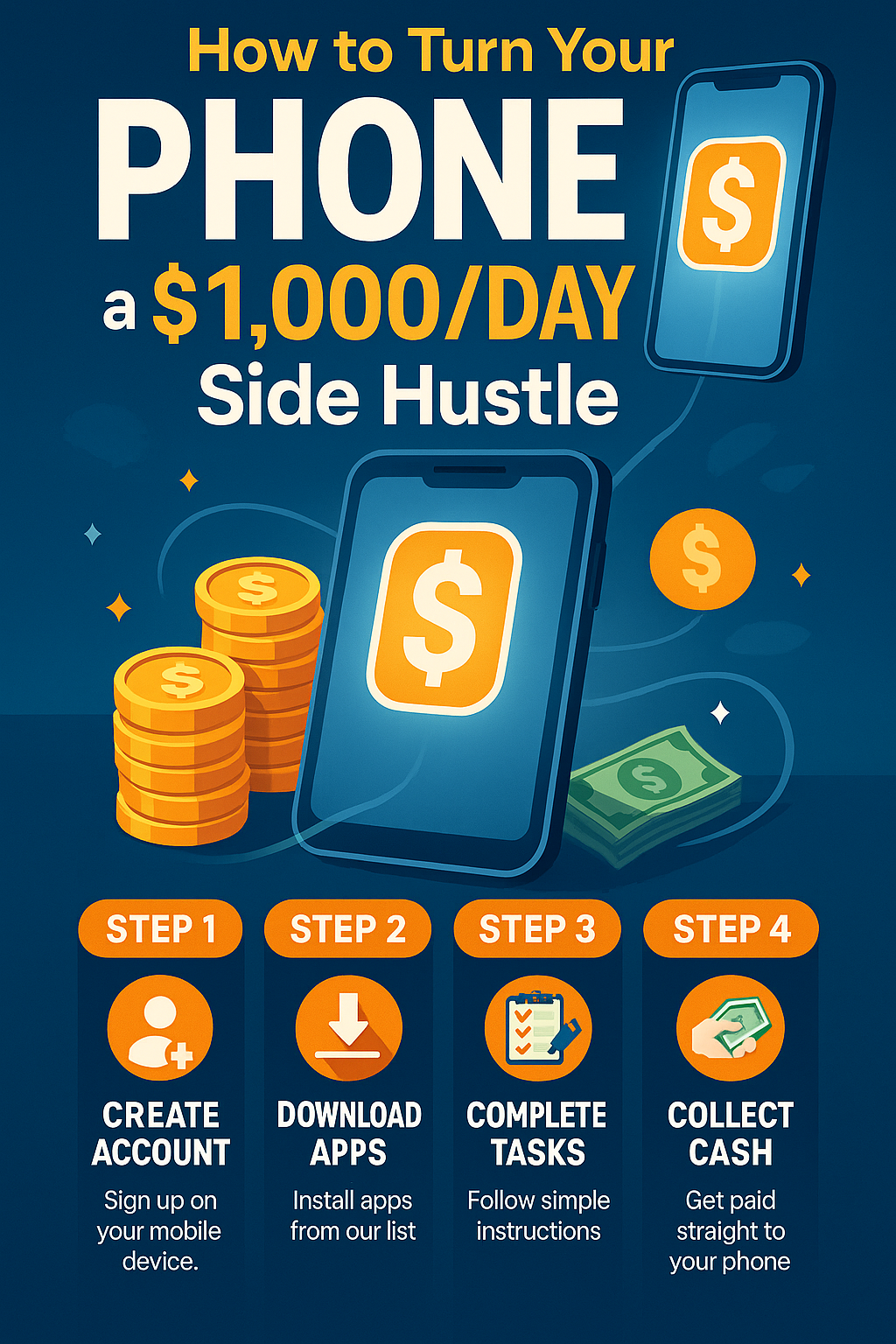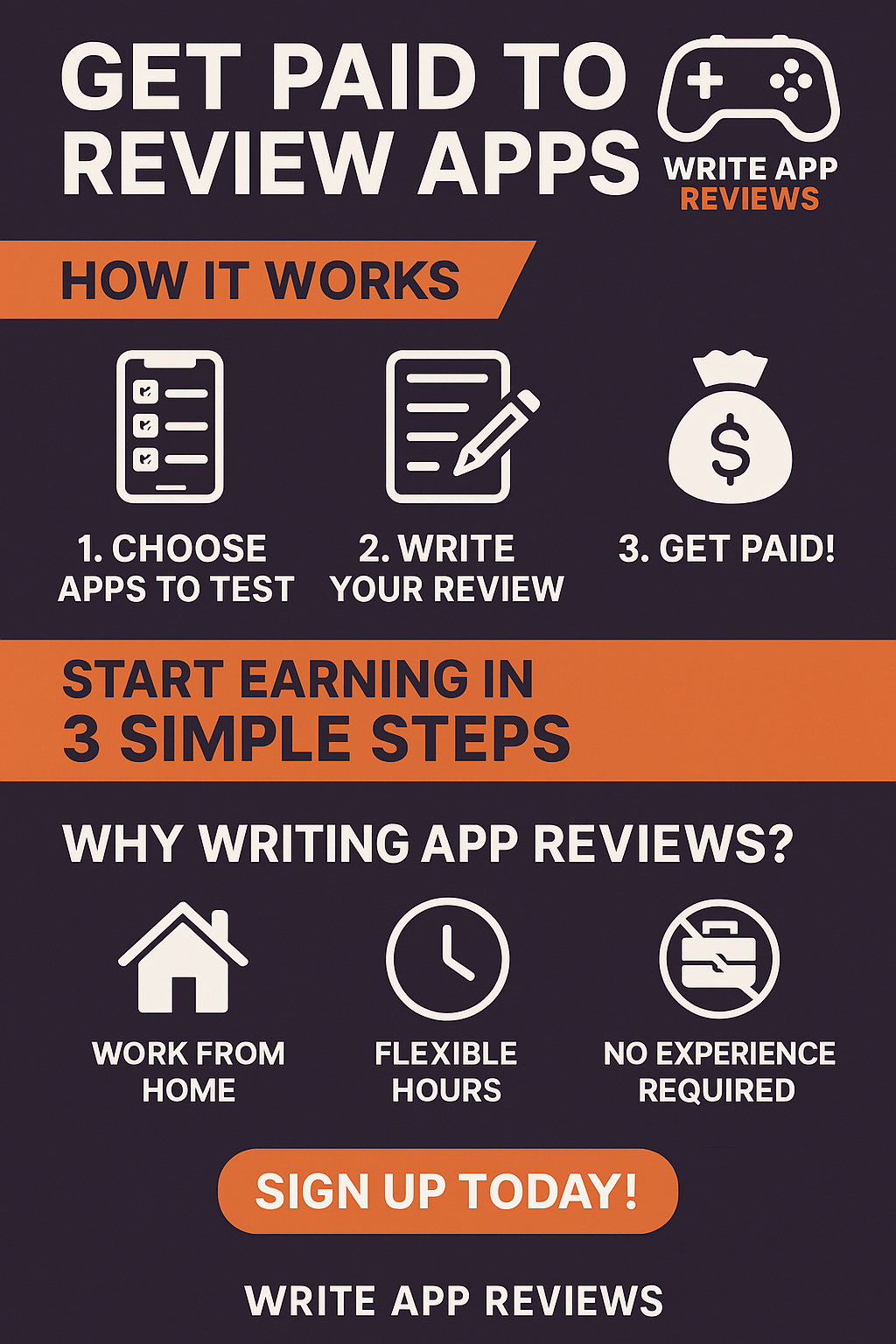
Ultimate Guide: Promote Affiliate Links Without a Website
Embarking on your affiliate marketing journey doesn’t necessarily require a website. It’s a common misconception that halts many aspiring entrepreneurs, creators, and side hustlers in their tracks. This guide demystifies the process, revealing actionable strategies to promote affiliate links without a website. Whether you’re building automated income systems or seeking to expand your affiliate growth, understanding these tactics will set you up for success.
Why Consider Promoting Without a Website?
Promoting affiliate links without a website opens up a plethora of opportunities. It reduces the initial setup time and costs, allowing you to test products and niches with flexibility. This approach serves as a gateway to employ creative and direct promotional tactics, leveraging platforms with built-in audiences eager for your recommendations.
Leveraging Social Media Platforms
Social media is not just for connecting with friends and followers; it’s a robust channel for affiliate marketing. Platforms like Instagram, Facebook, Pinterest, and Twitter provide fertile ground for promoting affiliate links, each offering unique features to maximize reach and engagement.
Instagram and Facebook Stories
- Create engaging stories with product testimonials and reviews, embedding your affiliate links with swipe-up features or in your bio.
- Utilize live features to conduct real-time product demonstrations or Q&A sessions.
Pinterest Pins
- Design eye-catching pins linking directly to your affiliate products. Tailwind (https://builtinfunnels.com/tailwind), a tool designed for Pinterest & IG growth, can dramatically simplify this process, offering scheduling and analytics to optimize your affiliate pinning strategy.
Twitter Threads
- Initiate engaging conversations with carefully crafted threads about products, embedding your affiliate links directly or to your profile.
Email Marketing Strategies
Even without a website, you can harness the power of email marketing. Collecting emails through social media calls-to-action (CTAs) or lead magnets allows you to build a direct line to your audience, offering invaluable opportunities for promotion.
Creating a Catchy Newsletter
- Share valuable content related to your niche, embedding affiliate links where relevant. MailerLite is an excellent email marketing tool that can help you design, send, and track the performance of your newsletters.
Exclusive Offers and Discounts
- Leverage your email list to provide exclusive offers or early access to products through your affiliate links, enhancing value and encouraging clicks.
Video Content and YouTube
Video content’s impact on audiences is unmatched when it comes to engagement and conversion. YouTube serves as the perfect stage for affiliate marketers to share in-depth reviews, tutorials, and product showcases without a traditional website.
Product Reviews and Tutorials
- Create detailed reviews or step-by-step tutorials for products you’re affiliated with. Be transparent about your affiliation and ensure your content adds genuine value.
- Utilize YouTube’s description and comment section to place your affiliate links, guiding your audience on where to purchase the reviewed products.
Engagement Through Comments
- Engage with your viewers in the comments section. Answering questions or providing additional information with your affiliate links can convert curious viewers into customers.
Online Communities and Forums
Strategically participating in online communities relevant to your niche can be a powerful way to promote your affiliate links without coming across as pushy. Platforms like Reddit, Quora, and niche-based forums are excellent for this.
- Offer genuine advice: Rather than spamming your links, focus on providing value. Answer questions related to your affiliate products, and include your affiliate links in a helpful context.
- Participate in discussions: Being an active community member builds trust and familiarity, paving the way for more accepted and effective affiliate promotions.
Conclusion
Promoting affiliate links without a website is not only possible but also packed with opportunities to engage and convert in unique, impactful ways. From leveraging social media platforms and email marketing to creating content on YouTube and engaging in online communities, the options are diverse and potent. If you’re ready to put this into motion, starting with a tool like Tailwind for optimizing your social media efforts is a great place to begin. Dive into these strategies, experiment with what resonates with your audience, and watch your affiliate marketing journey ascend to new heights.











